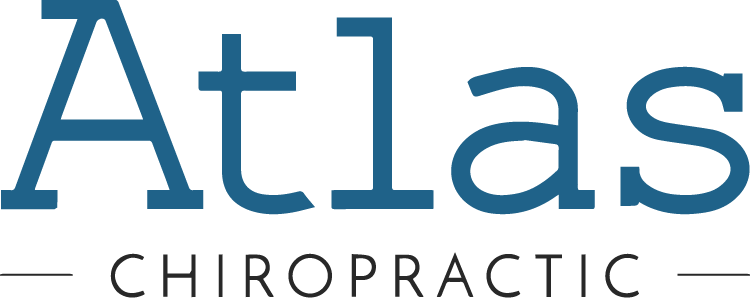If you have ever dealt with a disc herniation you know how debilitating they can feel. For those who don’t know, the disc is a cushion in between each vertebra throughout your spine to help absorb the compression from daily activity. Sometimes due to improper biomechanics such as lifting a heavy box and twisting on an awkward angle can cause the disc to tear or rupture. When that occurs the fluid inside of the disc applies pressure to the spinal nerve which causes those symptoms to occur.
What are the main symptoms one may feel from a disc herniation?
The most common symptoms are numbness, tingling, electric shock, sharp, weakness of the extremity associated with the compressed spinal nerve. Herniations can happen anywhere throughout the spine and cause those issues. Each of the discs will have their own unique pattern of radiation.
For Cervical/ neck herniations the patterns are:
- C5 radiculopathy may cause pain and weakness in the shoulders. A main area you may feel discomfort would be focused around the shoulder blades.
- C6 radiculopathy may cause pain and weakness along the outside of your forearm, including the biceps musculature, into the wrists, and down to the thumb and pointer finger.
- C7 radiculopathy may cause pain and weakness from the neck, down to the back part of your upper arm including the triceps musculature and down into the middle finger. This is the most common level you can herniate a disc in the cervical spine closely followed by C6.
For Lumbar/ low back herniations the patterns are as follows:
- Anterior sciatica: pain which radiates along the anterior aspect of the thigh into the anterior leg is due to L4 or L3 radiculopathy. L2 pain is antero-medial in the thigh. Pain in the groin usually arises from an L1 lesion.
- Posterior sciatica pain due to L5 radiculopathy may radiate to the dorsum (top) of the foot and to the large toe
- Posterior sciatica when caused by S1 irritation it may proceed to the lateral aspect of the foot
How can Chiropractic care help you with your herniated disc?
When patients present with a herniated disc when they go to the chiropractor it is often a presentation of 10/10 pain, can barely move and desperation on their faces. The first rule before anything else is to try and reduce the inflammation that is present. To achieve that we first apply ice to the area for increments of 20 minutes on and 20 minutes off. Heat is the last thing you will want to do due to it bringing more inflammation to the area. You will not be happy with yourself if you do that, trust me. Another technique that is helpful for inflammation is electrical stimulation therapy. This therapy helps reduce pain and moves the inflammation to another area.
Once the inflammation is calmed down or reduced, the chiropractic techniques can come into play. The main methods and techniques chiropractic utilizes are flexion distraction, Thompson drop, Gonstead side posture, and the Mckenzie protocol.
- Flexion Distraction: This technique is used by getting your spine into a flexed position with a manual distraction up the spine. This allows the disc space to widen and can help bring the herniation back into the disc.
- Thompson Drop: This technique uses a drop mechanism of the table to provide a gentle and precise adjustment to the surrounding structures in the spine.
- Mckenzie method: These are a series of extension exercises that also act similar to the flexion distraction technique where the herniation is pulled back into the disc space utilizing the surrounding musculature and structures.
Important notes:
It can take up to 3 months to have a full disc recovery. After the pain is gone, the disc may still not be back to normal. The Mckenzie exercises as well as core work will be essential to maintaining your progress.
If you would like to take the first steps toward getting relief, just call Atlas Chiropractic in Boulder at (303) 442-5911 and we’ll gladly get you scheduled for an appointment. We look forward to helping you heal and get moving!
Dr. Cort Musolf, DC

Schedule your FREE 15 minute consultation with Atlas Chiropractic
At Atlas Chiropractic, our Greater Boulder area chiropractors specialize in providing relief for individuals experiencing back, neck, or shoulder pain, as well as those dealing with headaches or vertigo. We offer specialized chiropractic care and tailored spinal adjustments, along with expert opinions and advice.





